 | Hello MOONers. As we all patiently wait for the upcoming bull run in 2024 / 2025, I figured that we should use all the time possible to learn as much as possible about best portfolio practices. To help myself personally, share the knowledge with everyone as well, and receive feedback, I decided to create a series of articles that talk about the best portfolio management practices that I have learned. I owed a lot of this knowledge to folks at r/Bogleheads, and my roommate who is currently studying Mathematical Finance. As I am also getting to learn this stuff, might as well see how much I can apply what I learned to the crypto space. We will talk about ETH & BTC allocation, how to combine the portfolio with other asset classes, and how to manage alt coins effectively. As usual, I am also learning this stuff, so I am always open to hearing feedback and criticisms. We will begin our journey with Part 1: BTC & ETH allocation! Why BTC & ETH? ????Let's imagine you have a spare income of $100 for every 2-week to invest into crypto. You figured out your wallet and your setup, and you can now invest in a variety of crypto but don't know where to start! You asked the crypto subreddit how to get into the space, and everyone will tell you to first invest in BTC & ETH. This is not surprising. BTC & ETH are the only homestays of crypto, where everyone agrees that would be the safest asset out of the incredibly risky asset class that is cryptocurrency. Everybody knows that we should DCA into ETH and BTC, advice that I also believe and give to everyone. However, due to the long time horizon of crypto, it is sometimes hard to know what it would feel like to hold these asset classes and what bumpy obstacles we should expect. This article will dive deep into different asset allocations of BTC and ETH, and show what different returns, volatility, and drawdown you should expect. We will select the period from 2017-12-16 to 2020-09-01. I chose this period because 2017-12-16 is the worst possible to start investing in crypto, as this was the peak of the 2017 bull run where BTC reached 19k. Obviously, we are already far from the peak, but I want to show what the return would look like in the worst-case scenario. On the other hand, 2020-09-01 is the end of the bear market and the start of the next bull market so the crazy price action of the latest bull market is not taken into account 100% BTC and 100% ETH portfolio ????A single-coin portfolio is the simplest of all the options where you simply invest your $100 into that coin. There is zero tax until you sell because you will basically hold onto that coin forever without any selling action. If you do so, you will have the following return: Total return of 100% BTC vs. 100% ETH
Obviously, we can see that ETH has outperformed BTC by a significant margin (116.79% to 67.93%). However, this return does not tell the whole story. For much of the period, the BTC portfolio actually outperformed ETH, while the ETH holder has to suffer a long period of underperformance. The ETH holders are eventually rewarded later, but it is clear that even a simple single-coin portfolio is not necessarily a smooth sail to high return. One has to trust their portfolio until their trust is rewarded. Selling ETH anytime before June 2020 would be a really bad decision! The other notable chart to look at is the drawdown, which is the percentage of the portfolio down from the previous peak. I chose this chart because it accurately reflects the potential amount of regret that the investor might feel (That feeling of "Ah, I wished I had sold at the peak, I would have much more than I had now"). As you can see, ETH is indeed a much riskier asset. An ETH holder has to contend with a potential drawdown of 60%. And at this moment, the worst thing you can do is to sell your ETH, because you will miss the giant rebound gain later on! One common notion is that investors tend to overestimate their risk tolerance. Everyone believes they are diamond hands until they fold. If you find that this is not the risk tolerance that you can accept, then it is better to go with BTC! And even with BTC, you had to contend with a -50% drawdown (which also happened recently). Be prepared to feel that you lost half of your money. If you can't handle that feeling, then you need to be humble and not invest all your money into crypto! DCA consistently into ETH & BTC at 50 / 50 allocation ????If a single-coin portfolio proves to be risky, are there any benefits in diversification like a 50/50 portfolio? What would happen if the investors actually want to DCA their money in a 50/50 portfolio? Wouldn't they be able to buy more of ETH when it is low, and more of BTC when it is high? 50/50 performance compared to 100% ETH and 100% BTC
As you can see, the 50/50 portfolio returns a not-too-shabby 92.36% over the same period. Furthermore, This portfolio has a lower volatility than both the 100% portfolio. This is the free lunch of diversification! Because BTC and ETH don't always move the same way, sometimes the higher return of one coin offsets the lower return of the other coin. This means that investors who hold both BTC and ETH will have a less bumpy ride! Worst drawdown of a 50/50 portfolio is never as bad as the worst coin, whether it is BTC or ETC. It is also important to note that before the investment, we don't actually know whether BTC or ETH will actually perform better than the other. Therefore, a single-coin vs. multi-coin decision should not be treated as a return vs. volatility decision. Rather, It is a shield from risk and a guarantee that you will perform better than the worst-performing asset. As you can see in the monthly worst drawdown chart below, the 50/50 portfolio mostly has a drawdown that is in the middle between BTC and ETH. This means that you are guaranteed not to perform worst out of all individual coins! DCA to ETH & BTC with rebalancingDCA 50/50 is a fine strategy on its own. However, because the price action of the two assets is so volatile, many times during the journey you will drift away from the 50/50 allocation. As you can see in the graph below, even with this portfolio, sometimes you will have more than 60% in one asset and more than 60% in another asset. This leads to an even more advanced strategy of investment called rebalancing. Whenever you DCA, not only that you simply split your money into the portfolio, but you will also invest in such a way that recovers your originally intended asset allocation. For example. at the time of buying new coins, the current portfolio of the person is:
When new $100 comes in, we will buy $60 BTC and $40 ETH to keep the allocation 50/50 (as both sides now have $550). By buying more of the lower-valued asset and less of a higher-valued asset, what you are doing is effectively buying low selling high and gaining a small profit What if the style drift is so big that even a $100 on the lower-performing asset cannot restore the allocation? In that case, investors will have to sell a bit of the higher-performing assets. For example, if the investor currently has the following portfolio.
In this case, we will have to sell $50 ETH, and buy $150 BTC to keep the portfolio balanced. As you can see, the resulting allocation is far more stable, as it essentially resets to 50/50 at the beginning of each investment period. By constantly rebalancing, you constantly ensure no style drift Now, let's see the return of these two portfolios. With or without rebalancing, the two portfolio has very similar return.
When comparing the performance between the two portfolios, we can see that they are extremely similar to each other. That being said, at the end of the period, the rebalancing portfolio will generate a return of 98.65%, about 6.29% higher than the non-rebalancing portfolio. The risk profiles of the two portfolios, as measured by drawdown and volatility are virtually the same. Thus, 6.29% can be seen as the extra reward for actively managing the price mismatching. Now, it is important to note that rebalancing does not always produce extra returns, only tending to do so over time. Also Note that because this strategy involves some selling, there is a small amount of tax the investors have to pay for triggering a capital gain. Whether this implementation cost and the additional tax having to be calculated is worth it or not depends on the needs of the individual investor. Which allocation works best? ????So far, we have seen 3 relatively simple portfolios, yet showing remarkably different risk/return profiles. Yet, as an investor, you actually have a choice of being anywhere between 100% ETH / 0% BTC to 0% BTC / 100% ETH. What can help us decide on an optimal allocation? Efficient frontier of the BTC / ETH allocation from 2017 to 2020 are from 50/50 to 100 ETH. Here, we can turn to the Total Return vs. Total Portfolio Volatility graph for each asset allocation. As you can see, historically from the period that we considered, a 50/50 portfolio has offered the lowest volatility. The more you tilt towards ETH, the higher return you have, at the risk of higher volatility. The range between 50/50 and 100 ETH / 0 BTC is what we call an "Efficient Frontier", where you already maximized Return and Volatility, and there is no way to gain one without losing the other. With the benefit of hindsight, there is no reason to tilt towards BTC, as you are guaranteed to have a lower return with higher volatility. Unfortunately, we don't know what the future will bring to us. So it is best to simply start with a 50/50 portfolio, and then tilt your allocation towards the assets that you will believe will overperform in the future. Conclusion ????In conclusion, when it comes to managing a cryptocurrency portfolio, there are several key takeaways from the analysis presented here:
Hopefully, you have learned something useful today. Let me know what you think in the comment below. The code and dataset that I used can be seen below Once you master the basic portfolio of ETH and BTC, you already have a solid portfolio before the next bull run. We can then move on to more advanced management, which is to combine BTC and ETH with other asset classes like stocks and bonds, as well as other altcoins. Buckle up because volatility will be far crazier when we consider those alts! [link] [comments] |

You can get bonuses upto $100 FREE BONUS when you:
💰 Install these recommended apps:
💲 SocialGood - 100% Crypto Back on Everyday Shopping
💲 xPortal - The DeFi For The Next Billion
💲 CryptoTab Browser - Lightweight, fast, and ready to mine!
💰 Register on these recommended exchanges:
🟡 Binance🟡 Bitfinex🟡 Bitmart🟡 Bittrex🟡 Bitget
🟡 CoinEx🟡 Crypto.com🟡 Gate.io🟡 Huobi🟡 Kucoin.






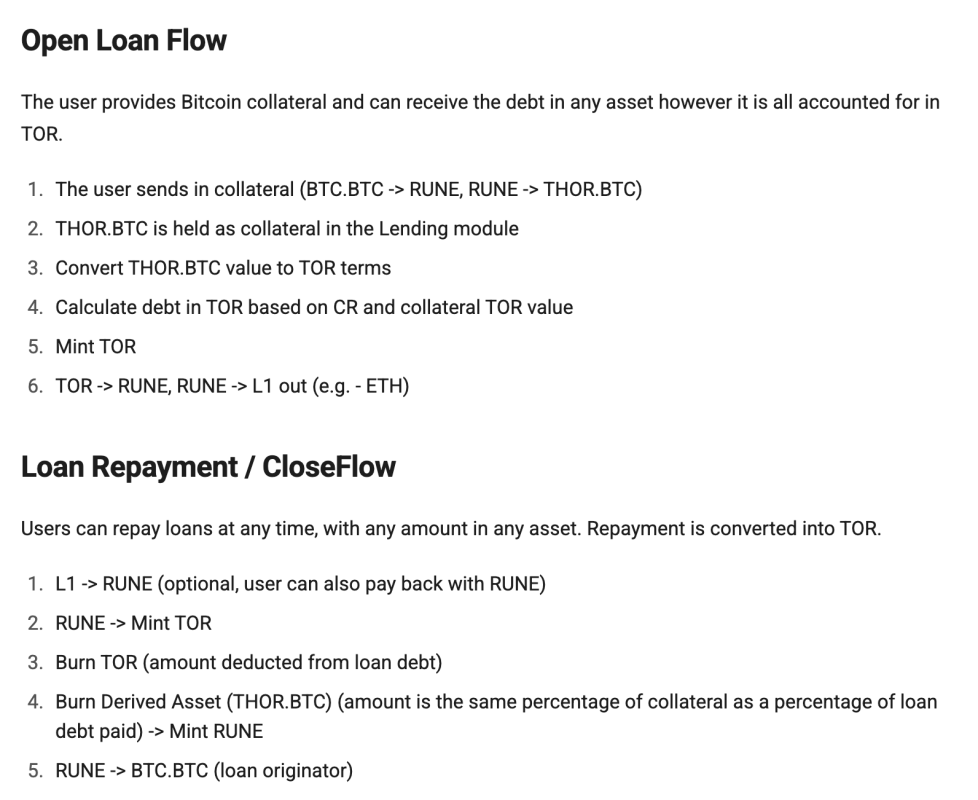




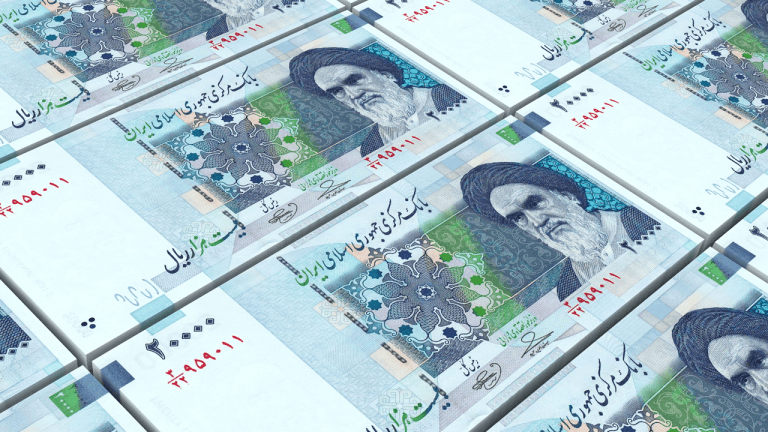
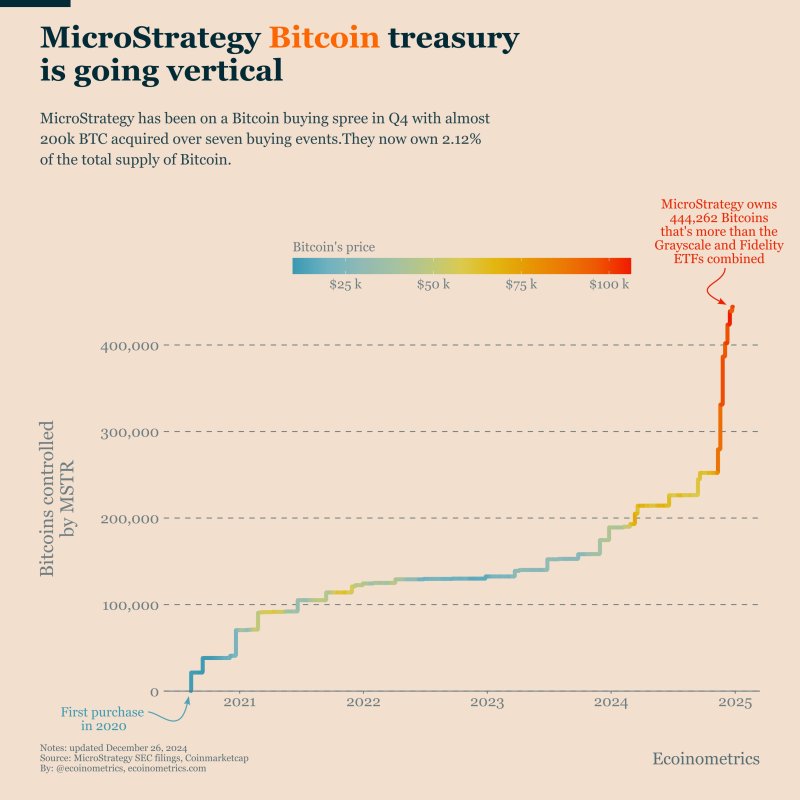
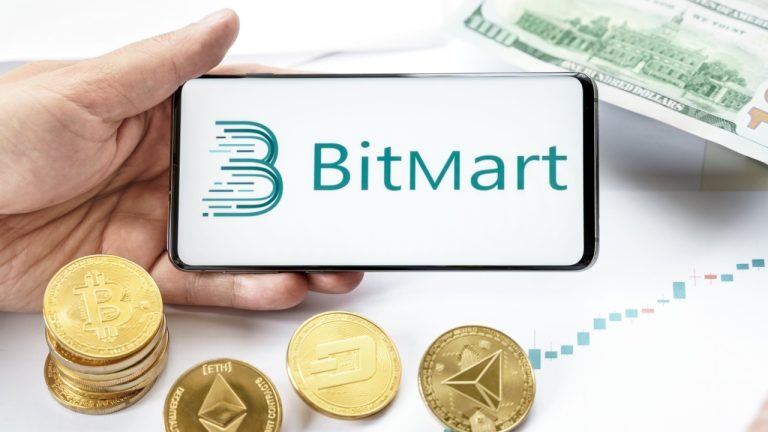
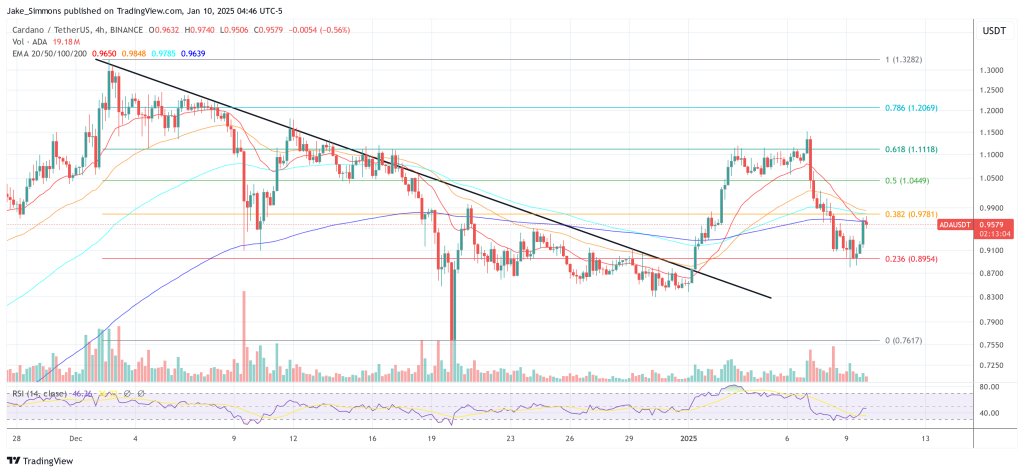


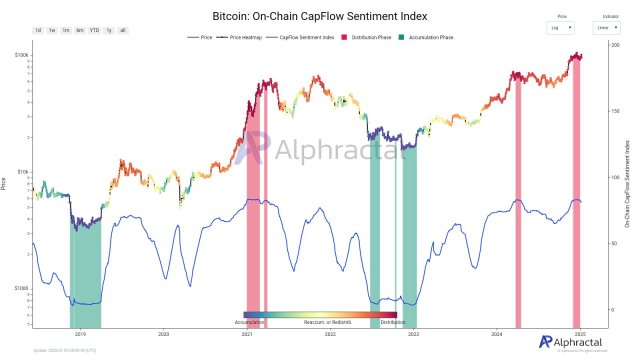


Comments